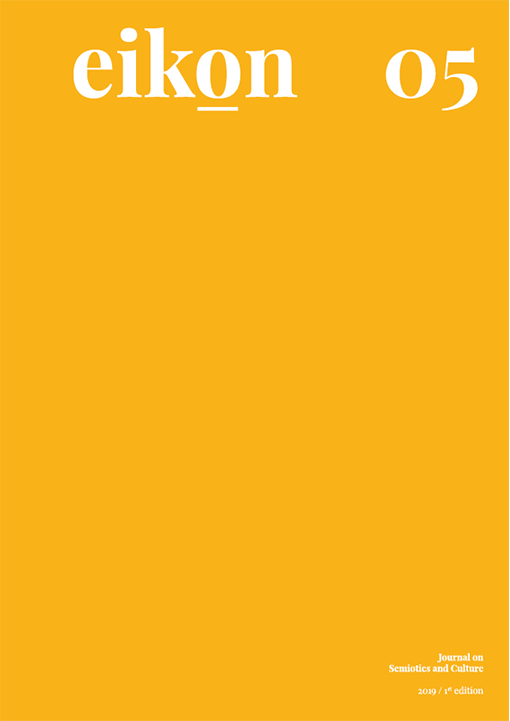Drive-in Art Art and identity on the portuguese roads
Keywords:
Public art, Collective identity, Tradition, Roundabout, Local heritageAbstract
There are hundreds of artistic works installed in the roundabouts of the Portuguese villages and cities. It is common for the subjects of this public art to be representations of old social and cultural activities, traditional professions, homages to personalities, historical events and geographical characteristics of the localities.
Most of these artistic objects are intended to represent and celebrate, in a stylized way, characteristics and the essence of those localities. But what kind of “soul” is this?
D. Afonso Henriques riding a cock of Barcelos or the world’s largest chestnut roast can represent an idea of community identity. An artistic expression that crystallizes local culture, objects, features and local life into identity objects. To show through art a local identity in an increasingly global society.
References
DOMINGUES, Álvaro. A Rua da Estrada, Porto, Dafne, 2009
LEAL, João. Usos da cultura popular - Como se faz um povo, Lisboa, Tinta-da-china, 2010
HOBSBAWN, Eric; RANGER, Terence (Org.), A invenção das tradições, Rio de Janeiro, Paz e Terra, 1997
QUEIRÓS, Eça de. A Cidade e as Serras, Lisboa, Livros do Brasil, 2016
Downloads
Published
Issue
Section
License
Authors who publish with this journal agree to the following terms:
- Authors retain copyright and grant the journal right of first publication with the work simultaneously licensed under a Creative Commons Attribution License that allows others to share the work with an acknowledgement of the work's authorship and initial publication in this journal.
- Authors are able to enter into separate, additional contractual arrangements for the non-exclusive distribution of the journal's published version of the work (e.g., post it to an institutional repository or publish it in a book), with an acknowledgement of its initial publication in this journal.
- Authors are permitted and encouraged to post their work online (e.g., in institutional repositories or on their website) prior to and during the submission process, as it can lead to productive exchanges, as well as earlier and greater citation of published work (See The Effect of Open Access).

